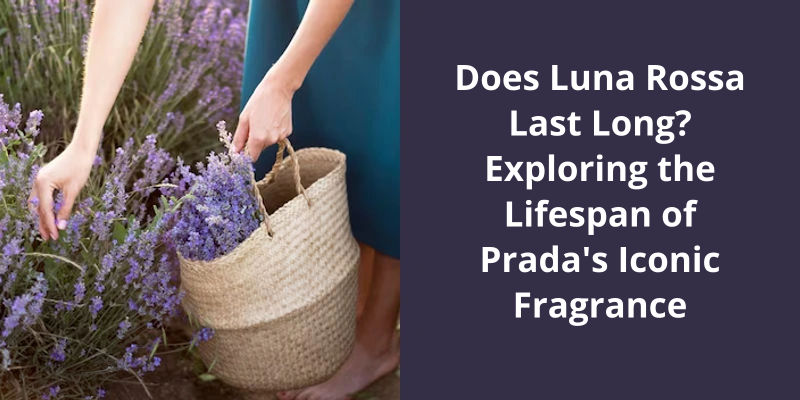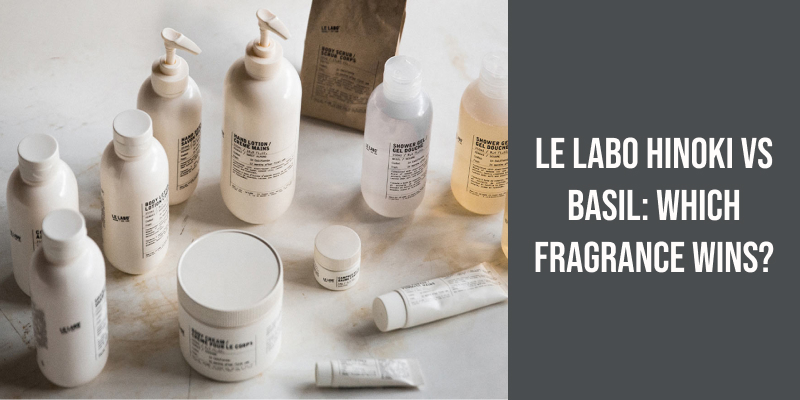Yes, Iso E Super does aid in increasing the longevity of fragrances. It’s a synthetic compound used extensively in the perfume industry because it has a unique capability of extending the life of other fragrances. It acts as a carrier, making the smells it’s combined with stick around for longer. Furthermore, it also enhances the overall aroma by adding a warm, sweet, and woody scent, making the fragrance more appealing and rich. Consequently, Iso E Super not only contributes to the longevity of fragrances but also significantly enhances their quality.

What Is Iso E Super Oil?
Iso E Super oil is a popular synthetic ingredient used by many perfumers to create modern fragrances. It’s known for it’s unique scent profile which includes a cedar woody note with abstract facets. While it’s often used in combination with other fragrances to create a more complex scent, it’s also known for it’s ability to extend and help a fragrance composition radiate from the skin.
It’s also known for it’s excellent performance and long-lasting scent.
It’s complex blend of scents provides a great deal of versatility when creating fragrance compositions. It can be used as a base note, middle note, or top note, depending on the desired effect. This makes it an excellent choice for creating a range of different fragrances.
It’s unique scent profile allows it to extend and enhance other fragrances, making them last longer. This is particularly important in modern fragrances where longevity is often a key factor.
It’s unique scent profile, versatility, and excellent performance make it an essential ingredient for any modern perfumer.
Now that we know how Iso E Super is obtained through multiple chemical reactions, let’s take a closer look at it’s main component and the characteristics that make it a sought-after ingredient in the fragrance industry.
What Is the Main Component of Iso E Super?
Iso E Super is a widely-used fragrance ingredient in the perfumery industry due to it’s versatile and unique scent profile. It’s a clear, colorless liquid that’s insoluble in water and has a strong woody and amber-like aroma. The main component of Iso E Super is a cyclic molecule called 7-acetyl, 1,2,3,4,5,6,7,8-octahydro-1,1,6,7-tetramethyl naphthalene. This compound has eight isomers, and the most commonly used isomer is a mixture of the R and S forms, known as Iso E Super.
The synthesis of Iso E Super begins with the condensation reaction between the two aldehydes, acetaldehyde and methylethyl ketone, to form a beta-hydroxy-delta-ketone intermediate. The intermediate then undergoes a Diels-Alder reaction with methyl pentenone and myrcene to form a Diels-Alder adduct. The final step involves the acid-catalyzed cyclization of the adduct to yield the cyclic molecule, Iso E Super. The process is outlined in Figure 1 and requires careful control of reaction conditions to ensure high yield and purity.
The molecule has a low volatility and a high substantivity, meaning that it sticks to the skin and clothing for a long time after application. It’s woody and amber-like scent can add warmth and depth to floral, fruity, or spicy fragrances and make them more long-lasting.
In recent years, concerns have been raised about the safety of Iso E Super, as it’s been found to be a potential skin sensitizer at high concentrations. The European Union has restricted it’s use in cosmetics to a maximum concentration of 1% and requires it to be labeled as an allergen.
It’s commonly used in perfumery as a fragrance enhancer, fixative, and extender due to it’s low volatility, high substantivity, and woody-amber scent. While concerns have been raised about it’s safety, it continues to be a popular ingredient in the fragrance industry.
The History and Evolution of Iso E Super in the Perfume Industry
Iso E Super is a synthetic fragrance molecule that was first developed in the late 1970s. Since then, it’s become an extremely popular ingredient in the perfume industry due to it’s ability to enhance and extend the longevity of other fragrances. Over time, iso E super has been used in a variety of scents, from modern, fresh fragrances to more classic and traditional scents. While it remains a controversial ingredient due to it’s synthetic nature, it’s popularity among perfumers shows no signs of waning.





